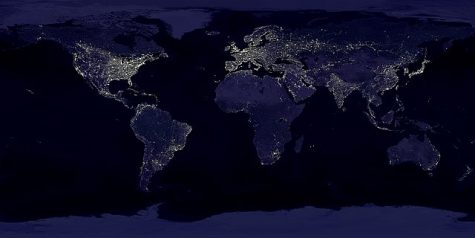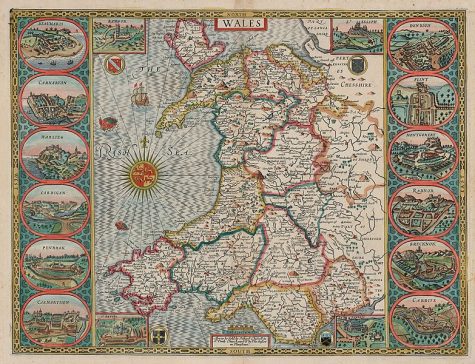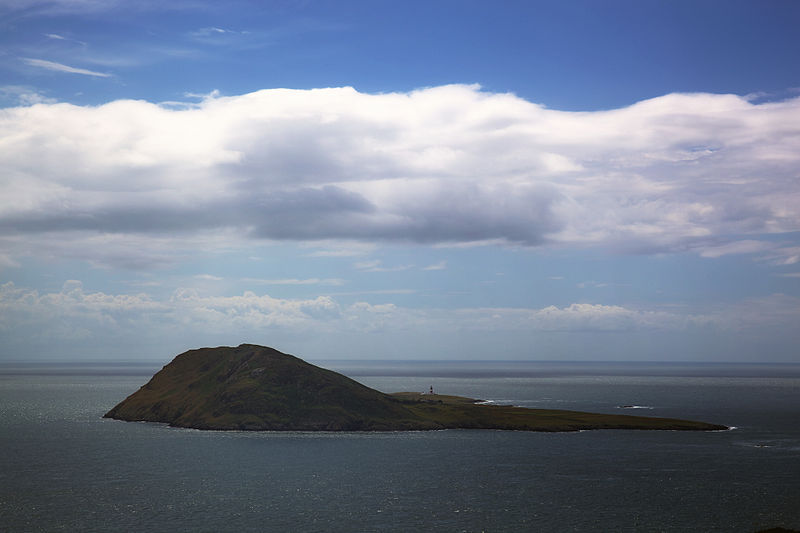The Darkest Island
Preserving our planet is preserving our cultures.
Have you gone far out into the woods, far from any cars or buildings, and stared into the sky at night? Chances are you wouldn’t be able to see the hand in from of you. It’s just you and the stars out there. Except it isn’t really- unless you’re on the Welsh island Ynys Enlli, a newly established dark sanctuary in the British Isles.
But why do we need a dark sky sanctuary? Isn’t the sky dark enough? According to Dr. Christopher Kyba in a report to the Natural History Museum, the night sky is getting 10% brighter every year due to light pollution. This hurts people and animals in every part of the world. Artificial light suppresses melatonin production, a chemical that regulates the body clock. In nature, predators will have an advantage as their prey are usually drawn to bright lights.

Not only does artificial light negatively affect our world, our mind, and our bodies, it also affects our culture. For centuries, people have based religious beliefs, maps, and meaning to stars and the galaxy. Astrology is extremely popular and based on constellations. In 100 years, there might not be visible constellations. Say what you will about astrology, zodiacs and horoscopes are culturally significant. And outside of Western culture, people align religious meanings to constellations and planets. It’s a major part of folk lore in every culture. The world and the people on it may look different all over, but one thing we can all see is space. And if we aren’t careful, we might not even have that.
The sky isn’t the only thing with religious significance. The island was designated as a religious sanctuary in the 6th century. Wales is a part of the United Kingdom, and although it is technically not considered it’s own country by the United Nations, its people have a unique culture of which the people boasting welsh heritage are very aware and proud of. Centuries ago, its inhabitants, called the Celts, spoke an ancient form of Cymru and had polytheistic beliefs. Celtic gods and goddesses where associated with the sun, moon, and stars and worshipped through animal sacrifice. Like most ancient religions, the Celts believed that nature is sacred and were very connected and protective of their environment.

In post-roman Britain, in the 5th or 6th century, Welsh kingdoms formed. Although religion and culture leaves the ancient Celtic associated, Wales was a collection of independent kingdoms, separate from England. That was until the invasion of the Normans (a population consisting of the native West Franks and Norse Vikings from France- ancestors of the modern English); the straw that broke the camels back. Welsh leaders allowed the English monarchy to take control of their land. King Edward I was the first English king to rule over Wales. The Welsh people revolted multiple times throughout several centuries, but this was brought to an end by King Henry VIII. He released an act that incorporated Wales and England into each other.
Today, Wales is still a part of the United Kingdom. But the modern residents of Wales are keen on restoring and preserving their culture. And a major part of keeping the culture alive is keeping the landscape and environment thriving. With the establishment of this Dark Sanctuary, the religion of their ancestors will live on for many more generations.




